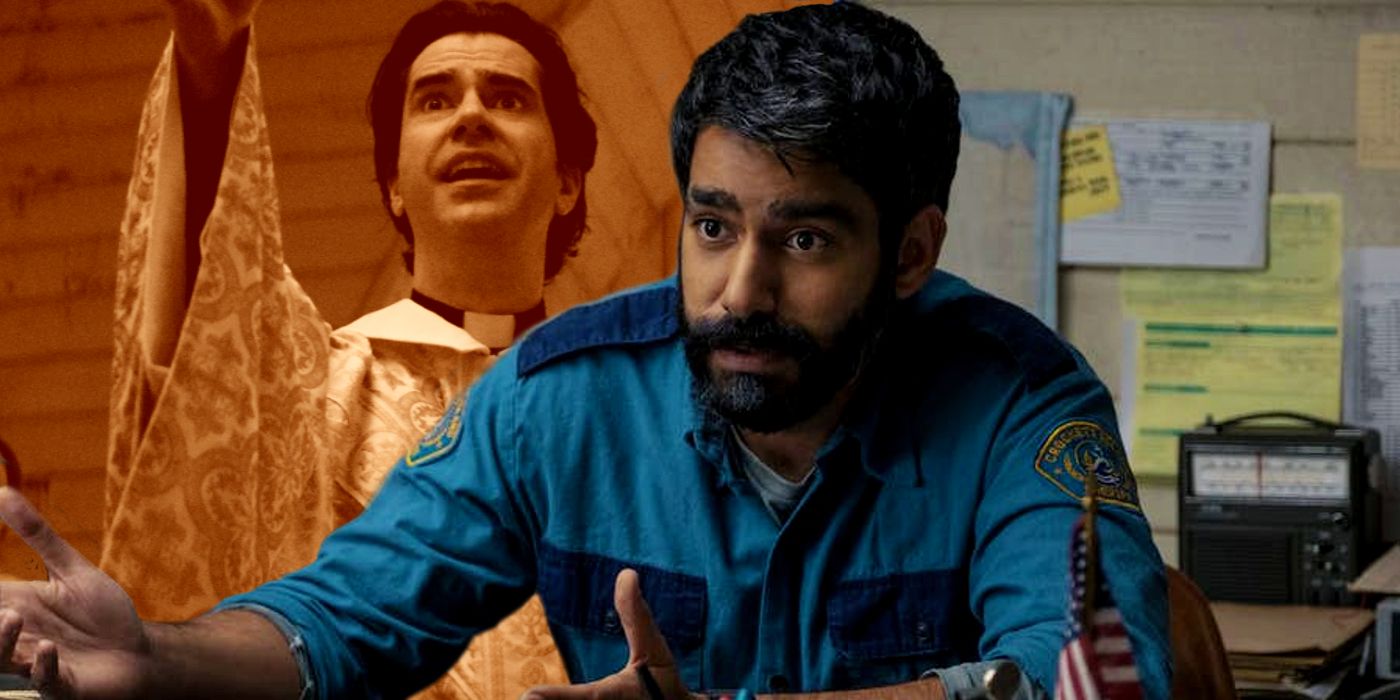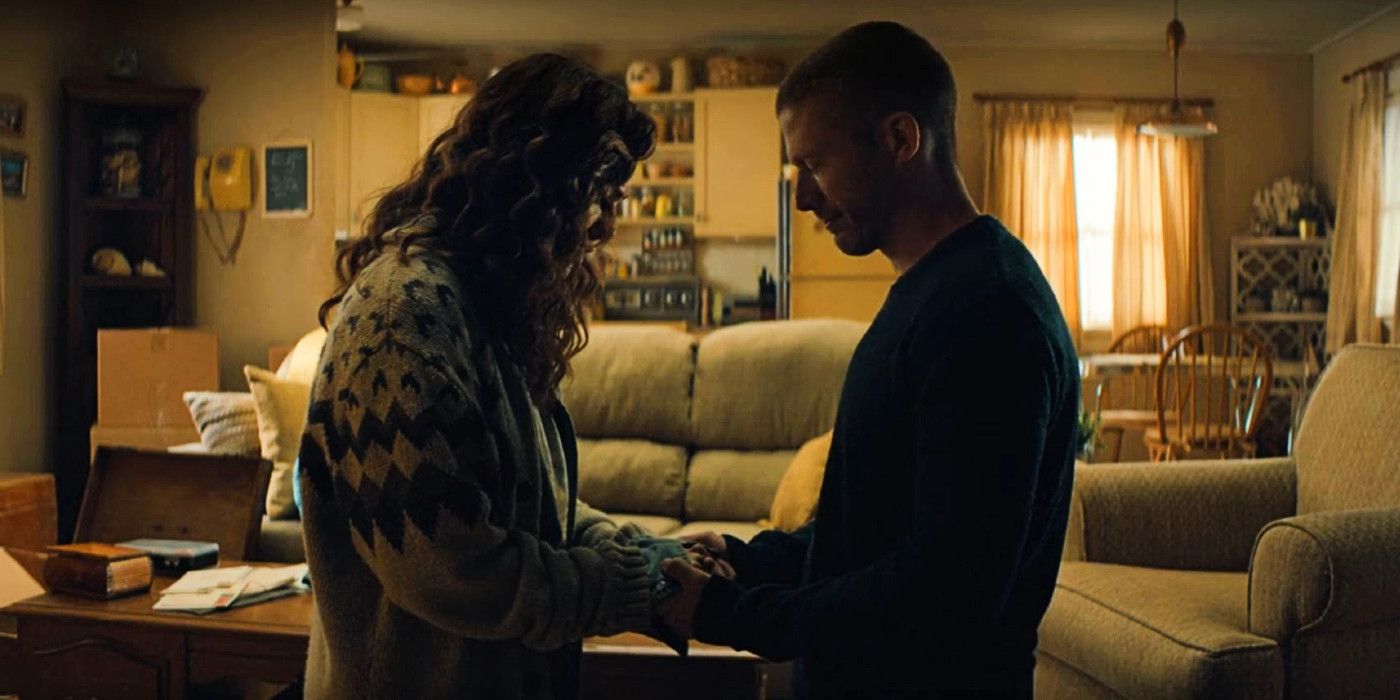Netflix's Midnight Mass has a bigger problem than just vampires invading a small island community, and the series even explains it. Though Midnight Mass doesn't connect to creator Mike Flanagan's The Haunting of Hill House or The Haunting of Bly Manor, it brings back many of the best elements from those previous Netflix series. For instance, Flanagan uses similar framing, allowing haunting elements to exist in the background of shots without making them the scene's focus. Additionally, several actors from the previous series, including Kate Siegel (Hill House, Bly Manor), Henry Thomas (Hill House, Bly Manor), and Rahul Kohli (Bly Manor), all return. Overall the series has built on Flanagan's previous Netflix successes, becoming a consistent staple among the streamer's Top 10 titles.
Despite Midnight Mass' successes, the series isn't without faults. In a twist, the vampire show involves older characters becoming young again; however, the series spoils the surprise by including young actors in obvious older-looking makeup. Additionally, the cinematography on the show is often on the darker side, hiding key characters and moments. Because of this, twists and jump scares can lead to confusion in the audience, which can't even make out the scene.
Above all, Midnight Mass has one glaring problem, which is telling instead of showing. Time and time again, Midnight Mass spells out plot points and twists with long, philosophical, and detail-heavy speeches. As a result, any actions or plot developments are secondary to countless minutes of characters monologuing about precisely what happened or their feelings on life and death. For instance, in episode 4, Erin Greene (Siegel) and Riley Flynn (Zach Gilford) wonder about what happens when people die. The scene lasts around 10 minutes and lands right in the middle of the episode. Then that moment is revisited when one of the characters dies later in the series, drawing it out even further.
The constant monologues overwhelm the series. Midnight Mass continually spells out everything for the audience in painstaking detail rather than leaving anything to the imagination or letting the viewers gain their own perspective. The series is a slow burn, but lengthy monologues bring the show to a screeching halt, even leading to criticism that a show about a vampire infiltrating a small town is boring. The speeches also constantly repeat things for emphasis. For instance, when the episode 4 monologue gets revisited in the series, one line of dialogue goes, "Myself. My self. That's the problem. That's the whole problem with the whole thing." These repeated phrases make long speeches seem more unnecessarily drawn out.
As tiresome as the Midnight Mass speeches can seem, monologues are a Mike Flanagan trademark. As such, they were always going to be part of the series. After all, many fans have come to love Flanagan's monologues, and his style is undoubtedly effective in his projects. For instance, Flanagan expertly sprinkles monologues throughout Bly Manor and Hill House, effectively driving home themes of love, loss, and everything in between. But, unfortunately, the Midnight Mass monologues can be a bit tedious. And like vampires drinking blood, they can suck the life right out of the series.


